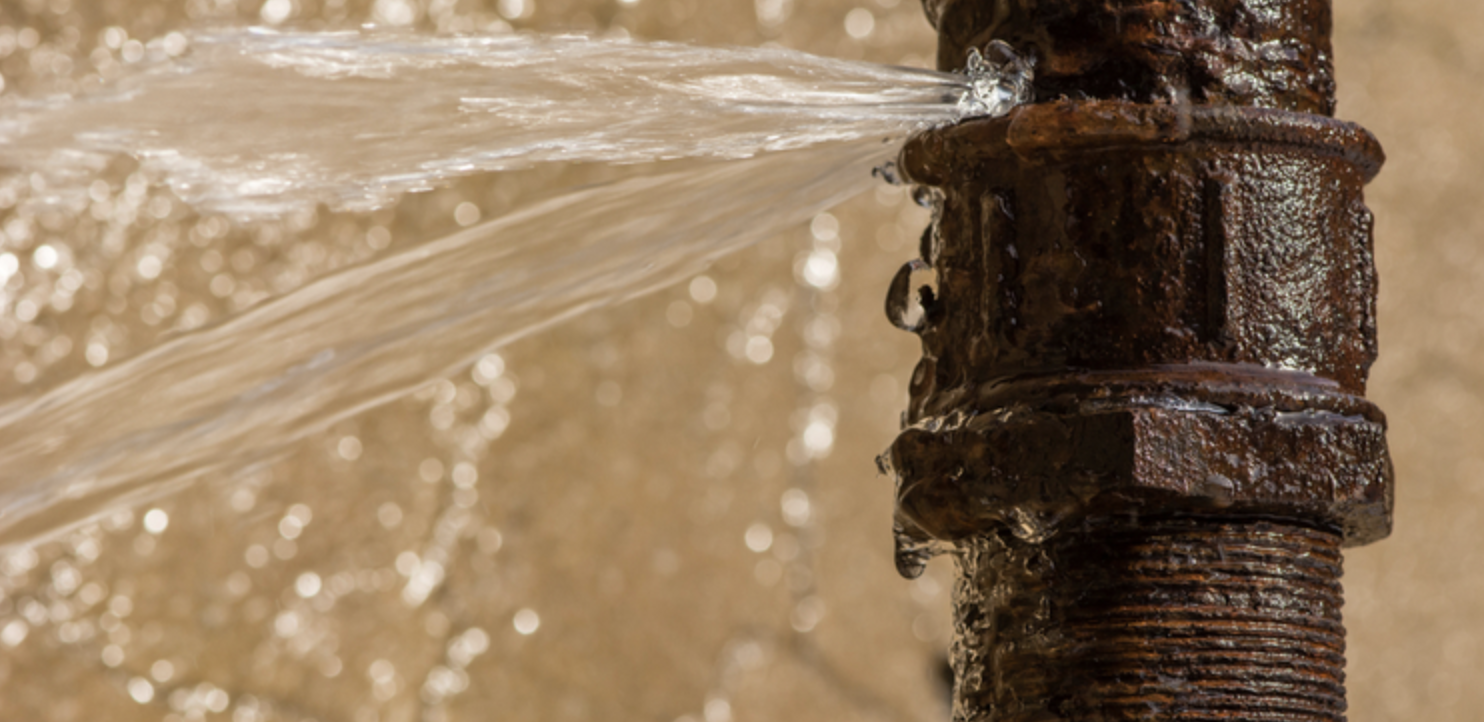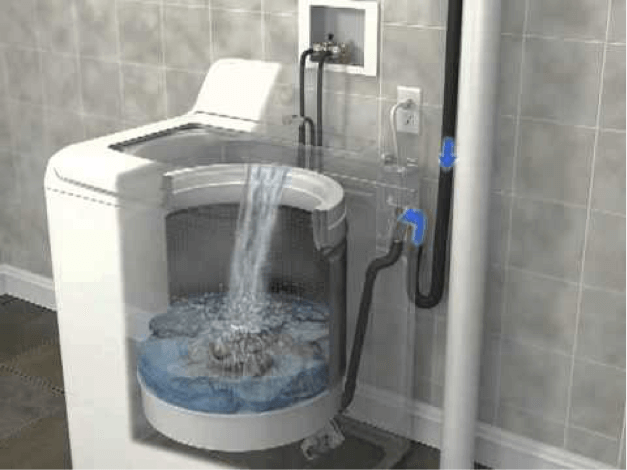A Complete Guide to Septic System Maintenance: What You Need to Know
A Complete Guide to Septic System Maintenance: What You Need to Know
Blog Article
Have you been interested in suggestions around The Do’s And Don’ts After Water Damage?

What should you do if a water pipeline ruptureds in your house? The longer you wait, the more extreme the damages that can happen to your property. For these factors, you require to learn just how to act in the event of a ruptured water pipe.
Shut Off the Key Waterline Valve
Look for the neighborhood shut-off valve to turn off the water in one certain area just. If you don't recognize where the localized shut-off shutoff is, go for the primary water line shutoff as well as turn it off. Normally, the major valve is located outside the home following to the water meter.
Call Water Damage Reconstruction Pros for Help
After closing the water source, call the experts for aid. With their expert aid, you can protect against much larger water damages consisting of deformed baseboards, loose ceramic tiles, or harmed frameworks.
Document the Damage For Insurance policy
While you're awaiting the pros to arrive, get some paperwork of the damages brought on by the errant pipe. Take pictures as well as videos of whatever. Do close-up shots of the damaged belongings and also places. Your documentation will work as proof for your homeowner's insurance coverage. Keeping proactive with this circumstance assists you to file a claim for protection, which will certainly additionally sustain you and also your family members to come back on your feet.
Salvage Things That Can Be Conserved
Take a look at the damaged items and take out the most important ones from the pile as soon as you're done taking photos. Dry them off in a dry/warm location far from the broken location as well as try to maintain them as high as you can. Drag as much wetness as you can to the material so it can begin to dry.
Begin the Drying Process
You need to begin the drying process as soon as possible. The good news is, the water from your waterlines is currently clean so you don't need to fret about sewer water. Nonetheless, the streaming water may have disturbed the dirt as well as debris in your carpets and also floorboards. In this situation, placed some gloves on and also begin some damage control. Use pails to discard out the water. Blot out as much water as you can from the surfaces with old towels. Activate an electrical fan or open your home windows to advertise air flow. These actions will hasten to completely dry as well as discourage mold and mildew as well as mildew development.
Professionals are the only individuals qualified to analyze correctly and also repair the burs pipelines as well as succeeding damage. As constantly, pipes do not just instantly burst out of heaven. They normally offer quiet red flags like gurgling paint, water spots. Strange sounds in the plumbing, caving ceiling, moldy smell, or peeling wallpaper. Bear in mind of these signs as well as do some safety nets so you can nip any type of concerns in the bud.
What should you do if a water pipeline bursts in your home? For these factors, you need to discover just how to act in the event of a burst water pipeline. After shutting the water source, call the experts for aid. With their expert help, you can stop a lot larger water damage consisting of deformed walls, loose ceramic tiles, or harmed frameworks. Thankfully, the water from your waterlines is already tidy so you do not have to stress concerning sewer water.
How to Handle a Burst Pipe and Minimize Damage
Steps to Take Ahead of Time
If you own property in an area that experiences cold weather, you need to be aware of seasonal maintenance tasks that will help you protect your property as the weather changes each year. One of the most important steps is to winterize your pipes to ensure they won't freeze or burst when the temperature drops. This includes action items like insulating any exposed pipes, detaching garden hoses and covering outdoor faucets. If the weather gets cold enough, you may even consider leaving a faucet dripping or opening cabinet doors during the coldest parts of the day.
No matter how prepared you might be, accidents and emergencies still happen. You'd be wise to set up a savings account specifically for your property so you have a "rainy day" fund set aside for unexpected expenses. All homes—regardless of age, location or condition—will inevitably need some form of emergency repair.
Steps to Take for Frozen Pipes
A frozen pipe will not necessarily burst, so if you can catch a frozen pipe early on, you could save yourself a major headache. When your area experiences frigid temperatures, be sure to check your plumbing and keep an eye out for warning signs like faucets only releasing small amounts of water or toilets not refilling when flushed. If you do run into one of these issues, you're likely dealing with a frozen pipe.
If this happens, your first step should be to cut off the water supply to that section of the plumbing. Expanding and freezing water can quickly cause damage. Even if the water supply is shut off, you will likely still deal with some leaking from the water that defrosts after the pipe has thawed. Be prepared with a mop, bucket and/or towels to quickly soak up any excess water.
In order to thaw a frozen pipe, you can use a space heater, infrared or incandescent heat lamp, or even a hairdryer to warm up the frozen area. Heat tape is also an option and should be used according to manufacturer instructions. Do not use any sort of open flame to thaw frozen pipes, as it poses a major fire hazard and can damage your pipes further.
Steps to Take for a Burst Pipe
Water damage claims are the second most common insurance claim in the U.S. When you're dealing with a frozen pipe, the water continues to expand as it freezes, which creates pressure that can cause a pipe to burst. When this happens, the crack or leak in the pipe allows water flow from the pipe to enter your home where it shouldn't. If a pipe does burst, you need to act quickly to mitigate property damage and repair cost.
Your very first step should be to shut off your main water supply to minimize flooding—typically the most expensive damage to address. Once you've shut off the water supply, make sure you identify the entire area that has been impacted by the leak. Remove as much water as possible—as quickly as possible—using a mop, sponges, towels or a shop vacuum or wet/dry vacuum. To prevent long-term damage due to moisture build-up, run a dehumidifier or fan in the affected area. Contact a licensed plumber to ensure the pipe is correctly repaired before running any water to that section of the home again. Burst pipes and the associated water damage are something you absolutely want to avoid as a property owner. If you've had to learn your lesson the hard way, don't let yourself get caught in a similar situation during the next spell of cold weather. The best way to deal with frozen or burst pipes is to prevent them in the first place—proactive winter maintenance will save you time, money and a whole lot of stress.

We hope you enjoyed reading our piece on Water Damage Restoration Do’s And Don’t. Many thanks for finding the time to read our piece. Are you aware of someone else who is very much interested in the niche? Be sure promote it. Bless you for your time. Visit again soon.
Report this page